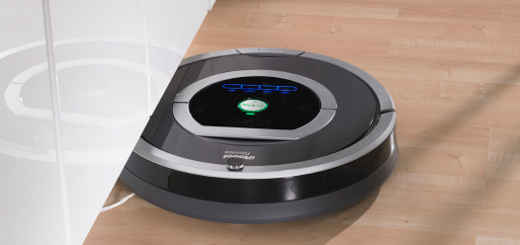Software-based virtual robots help businesses add efficiency
Since the 1960s, robots have been used to automate tedious manufacturing tasks, but they have largely stayed out of the backrooms of white collar businesses. However, U.K.-based Blue Prism Ltd. is working to change that — if you expand your definition of “robots” to include software-based helpers.
Blue Prism’s founders call what their product does “robotic automation.” Essentially, they have developed tools that can handle a wide range of simple but time consuming computer-based tasks currently performed by humans. In the same way a physical robot might save time by picking a part in a warehouse, Blue Prism’s “robots” can walk through the virtual steps required to set up a customer’s new iPhone or qualify a loan application.
“Today’s factories are not industrial factories,” says Alastair Bathgate, Blue Prism CEO and co-founder. “It’s people in suits at desks working at computers. It’s a huge untapped area of automation, and maybe robotics will be one of the things that unlocks a large amount of that automation that’s not been possible before.”
Bathgate founded Blue Prism in 2001 along with David Moss, and in 2008 they launched their current product. Since then, their services have gained a following among financial services firms, health care providers, utility companies and the telecommunications industry.
Bathgate says IT departments typically face a backlog of issues, and the cost associated with fixing many of them makes it easier to simply live with the problem. Given that reality, Blue Prism allows companies to step outside the traditional IT infrastructure and gives them a more efficient way of utilizing their existing systems.
What makes the product different from a traditional IT solution is that it interacts with a company’s system the same way a human user would.
“We can’t do anything that a human being can’t do,” Bathgate says. “All the controls that are built into the systems are maintained. We can’t screw up the data. We can’t cause data to be leaked, unless a human being were able to do that, in which case the company has got a problem.”
Here’s a simple example of how the technology might benefit a company. Imagine you have two pieces of software that don’t communicate well. Every time you need to transfer information from one to the other, you have to go through a 10-step process, which takes several minutes. Blue Prism would create software that performs the same 10 steps, but which only takes a matter of seconds. And if your company has many such virtual bottlenecks, the time adds up.
“The reason that we call it robotics is because essentially what you are doing is training silent software, which act like robots, to go and interact with the system in the same way that human beings do,” Bathgate says.
A real-world example of the technology in action is a process the company implemented for Spanish mobile giant Telefónica (known as O2 in the U.K.). Previously, when users needed to swap a SIM card when buying a new phone, the process of connecting to the network, updating customer records and billing information, and generally getting them set up with their new purchase could take hours.
“They had several — I can’t exactly remember — but some tens of people in India sat there waiting for SIM swap requests,” Bathgate says. “And those people are no longer needed, which means there was a very significant cost savings as a result of that.”
Arguably the bigger impact, however, was on customer service, since something that used to inconvenience customers for hours was now completed in seconds.
“As with many, many good ideas, improvements in customer service often go hand in hand with reductions in cost,” Bathgate says.
For more on Blue Prism and robotic automation, see the company’s video below:



